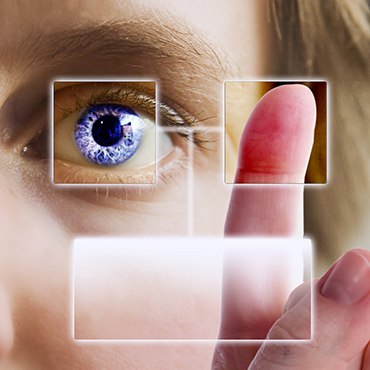DHS looks to migrate, upgrade ID system

The Office of Biometric Identity Management wants to replace the Automated Biometric Identification System.

What: A request for information from the Department of Homeland Security Office of Biometric Identity Management (OBIM) about moving its primary biometric identification system to a web-based services-oriented architecture.
Why: After conducting an analysis of alternatives, DHS said it found its best course of action would be to develop a new biometric system to replace its aging front-line biometric ID system, the Automated Biometric Identification System (IDENT). OBIM began looking for a replacement last fall.
IDENT, which began operations in the mid-1990s, is OBIM's central biometric information storage and processing system, used for various homeland security and law-enforcement purposes.
IDENT stores and analyzes biometric data, digital fingerprints and photographs, and links that data with biographic information to match or verify the established identities. OBIM is a key federal provider of biometric data, providing customers with information on immigration violators, criminals and known or suspected terrorists. It also supports immigration management and border security decision makers.
In its April 27 RFI, OBIM said it has determined that the new system should use a service oriented architecture with functionality implemented as web services, including a web interface for human-computer interactions. It added that databases should be structured around individual personal identities. The IDENT system links various databases to assemble data on an inquiry.
The new system will be hosted in existing DHS enterprise data centers.
OBIM "strongly prefers" the new system to be based on pre-existing, off-the-shelf software. New application development and off-the-shelf software customization should be minimal.
Responses to the RFI are due by May 22.





